Left Upper Quadrant
Left Upper Quadrant - Splenorenal
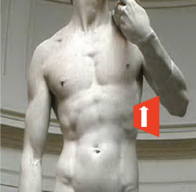
Narration
So the left upper quadrant, or splenorenal view, mirrors the right upper quadrant (Morison’s pouch view), you just reach around and again have the indicator towards the head and the trick with this is you really need to be a bit further back, with your knuckles almost on the bed and superiorly, and ideally you’re going to image the spleen and the kidney and the space between that and also around the spleen and around the diaphragm.
Left Upper Quadrant - Splenorenal
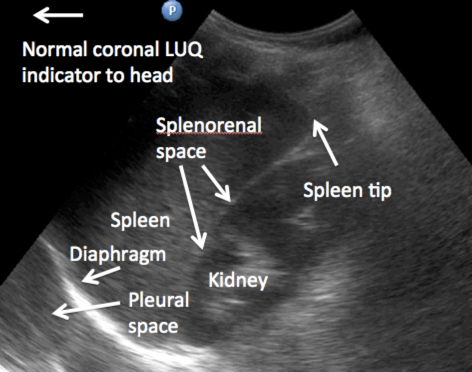
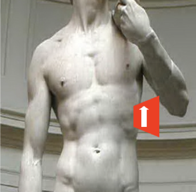
Narration
Here is a schematic showing the splenorenal space again the indicator is towards the head in a coronal plane you’ve got the kidney, the spleen tip which is rounded, as opposed to a normal liver which is sharp. You’ve got the diaphragm, and then the pleural space to the left of the screen or superiorly.
Left Upper Quadrant - Splenorenal

Narration
So when we’re looking for fluid this is showing fluids actually around the spleen and you’ll notice is doesn’t track as much between the spleen and the kidney, but more around the tip and over the top of the spleen and this is normal for the left upper quadrant view for free fluid.
Left Upper Quadrant – Splenorenal Free Fluid
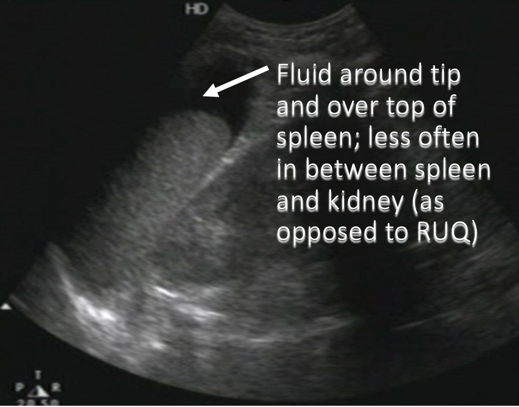

Narration
Again, this is diagramming that pocket of fluid which is around the tip and not as much between the spleen and the kidney.
Left Upper Quadrant - Splenorenal

Narration
When you’re looking in the left upper quadrant you have to be aware there’s another structure there that may have some fluid in it. In this case you can actually see the stomach coming into view which is adjacent to the spleen and the kidney and it has sort of an irregular contour again the fluid in this space does not track into spaces but rather contained within the stomach.
Left Upper Quadrant – Splenorenal - Stomach
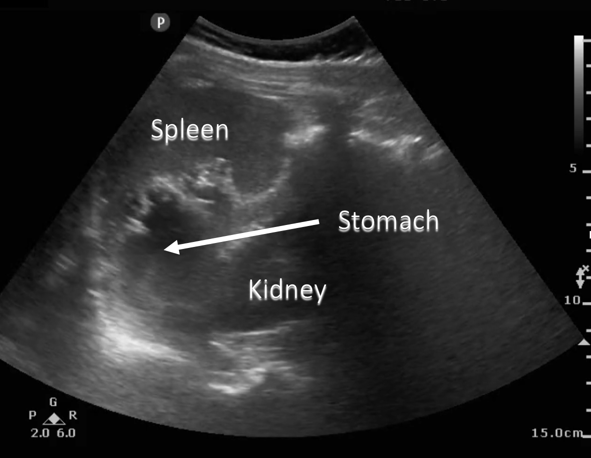

Narration
This is a diagram showing that again with the spleen, the stomach adjacent to the spleen, the kidney, but in this case no actual free fluid.